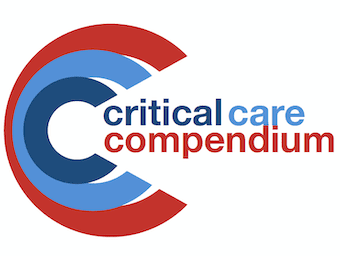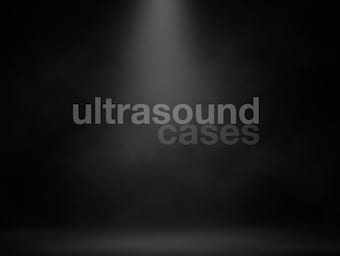
Sepsis and Pregnancy
Pregnancy results in increased susceptibility to endotoxin, metabolic acidosis and cardiovascular collapse

Pregnancy results in increased susceptibility to endotoxin, metabolic acidosis and cardiovascular collapse

CARBON MONOXIDE POISONING Scheinkestel, C.D. et al (1999) “Hyperbaric or normobaric oxygen for acute carbon monoxide poisoning: a randomized controlled clinical trial” Med J Aust, 170:203-210 Weaver, L.K. et al (2002) “Hyperbaric oxygen for acute carbon monoxide poisoning” NEJM 347:1057-1067…

Barbiturates cause severe CNS and respiratory depression and may mimic brain death

A 24 year old woman presents with generalised abdominal discomfort. She is concerned she looks pregnant but numerous pregnancy tests have been negative.

Anorexia Nervosa = chronic, severe, multi-system disorder which is rooted in a fear of becoming overweight with deliberate weight loss

Status epilepticus is considered to have occurred when a generalised tonic-clonic seizure has lasted greater than 30 minutes.

Cervical Spine Fractures

Digoxin toxicity is characterised by gastrointestinal distress, hyperkalemia and life-threatening dysryhthmias, including increased automaticity and AV nodal blockade

Activated Charcoal: decontamination agent; absorbing molecules of drug on its surface -> inhibiting their absorption by as much as 50% -> excretion in faeces

Renal Literature Summaries

Optimal dose of renal replacement therapy (RRT) is controversial... the definition of dose in clinical practice is also a little controversial!

Opioid Withdrawal